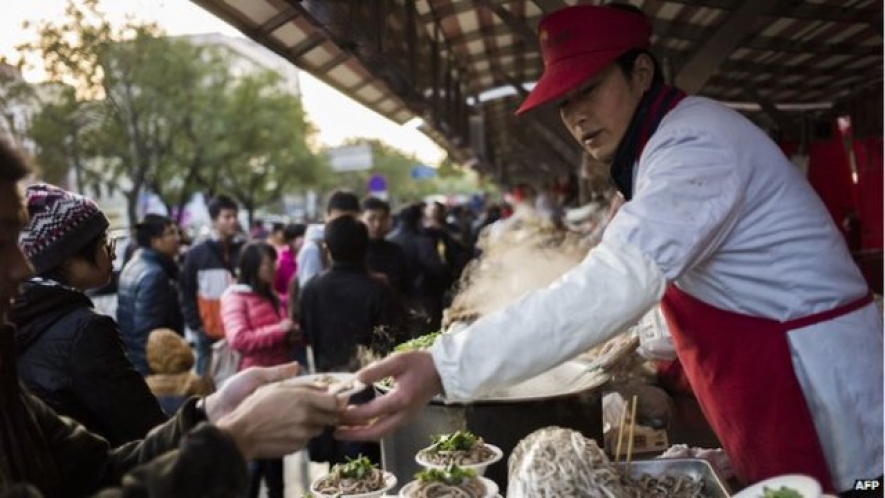The Asia Pacific region has outperformed the rest of the world when it comes to wage growth, according to an International Labour Organisation (ILO) report. Annual average incomes rose 6% in the region, compared to a global average growth of 2% in 2013. Wages in China have risen the fastest, up 9%, according to the UN body. But despite the big gains, wages in many countries in the region were still much lower than in developed economies. Even though wages in Asia have risen almost two-and-a-half fold since the beginning of the century, the report said “one third of the region’s workers remain unable to lift themselves and their families above the international poverty threshold of $2 per day”. The impact of the global financial crisis on wage growth can also still be seen in the region. The current wage growth trend of about 6% is still below growth rates of more than 7% in the pre-crisis years of 2006 and 2007. But, that mirrored wage growth in much of the developed world with workers in rich economies like the UK, Italy and Japan earning less than they did in 2007.
The region’s growth in wages was also driven by China, its largest economy, with income growth elsewhere “much more modest”. For example, wage growth in East Asia was 7.1% last year thanks to China, compared to 5.3% in Southeast Asia and 2.4% in South Asia, which includes the region’s third largest economy, India. There also continues to be a vast difference in earnings across the region. On the lower end, workers in Nepal earned $73 (£47) a month, $119 in Pakistan, and $121 in Cambodia. That compares to $3,694 in Singapore, $3,320 in Japan and $613 in China, according to the ILO.




















